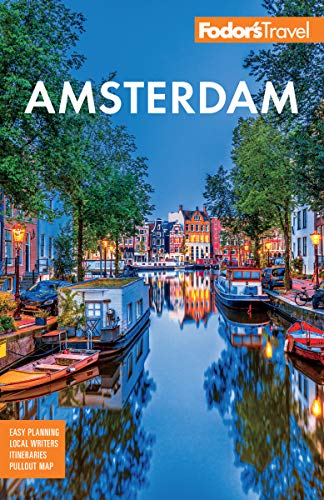For boho-chic done the Dutch way, head to De Pijp, where many streets are named after painters, including the main thoroughfare, Ferdinand Bolstraat, who was one of Rembrandt's pupils. This part of town was possibly named for its long, pipelike streets, or after an old word for a narrow waterway—modern-day Albert Cuyp street was once the Zaagmolensloot (sawmill canal). Whatever the case, by the end of the 19th century this was a low-income neighborhood with cheaply built housing to match. In the 1890s students, artists, prostitutes, and all manner of radical had rented rooms here, earning the neighborhood a comparison to Paris's Latin Quarter. The Heineken Brewery attracted the first Spanish guest workers to the neighborhood during the early 1960s, and, later, waves of guest workers from Turkey and Morocco, as well as immigrants from the former colonies of Suriname and Indonesia, also settled here. By the 1980s, De Pijp was a global village, with more than 126 nationalities. Fast-forward a few decades and things have greatly gentrified, although the proliferation of social housing here has kept some balance. Construction for a new subway line (due to be completed by 2018) has literally torn up the neighborhood, but it's still a great place to find hip restaurants and local bars and cafés. Dinner here, with an hour or so wandering before and a bit of bar-hopping after, is one good way to get a taste of the neighborhood; alternatively, you might visit the Albert Cuypmarkt in the morning followed by lunch or a picnic in pretty Sarphatipark.

- Photo: © Halie Cousineau / Fodors Travel
- Photo: Halie Cousineau / Fodors Travel
- Photo: © Halie Cousineau / Fodors Travel
- Photo: © Halie Cousineau / Fodors Travel
- Photo: © Halie Cousineau / Fodors Travel
De Pijp
Explore De Pijp
Plan Your Next Trip
-
Things To Do





